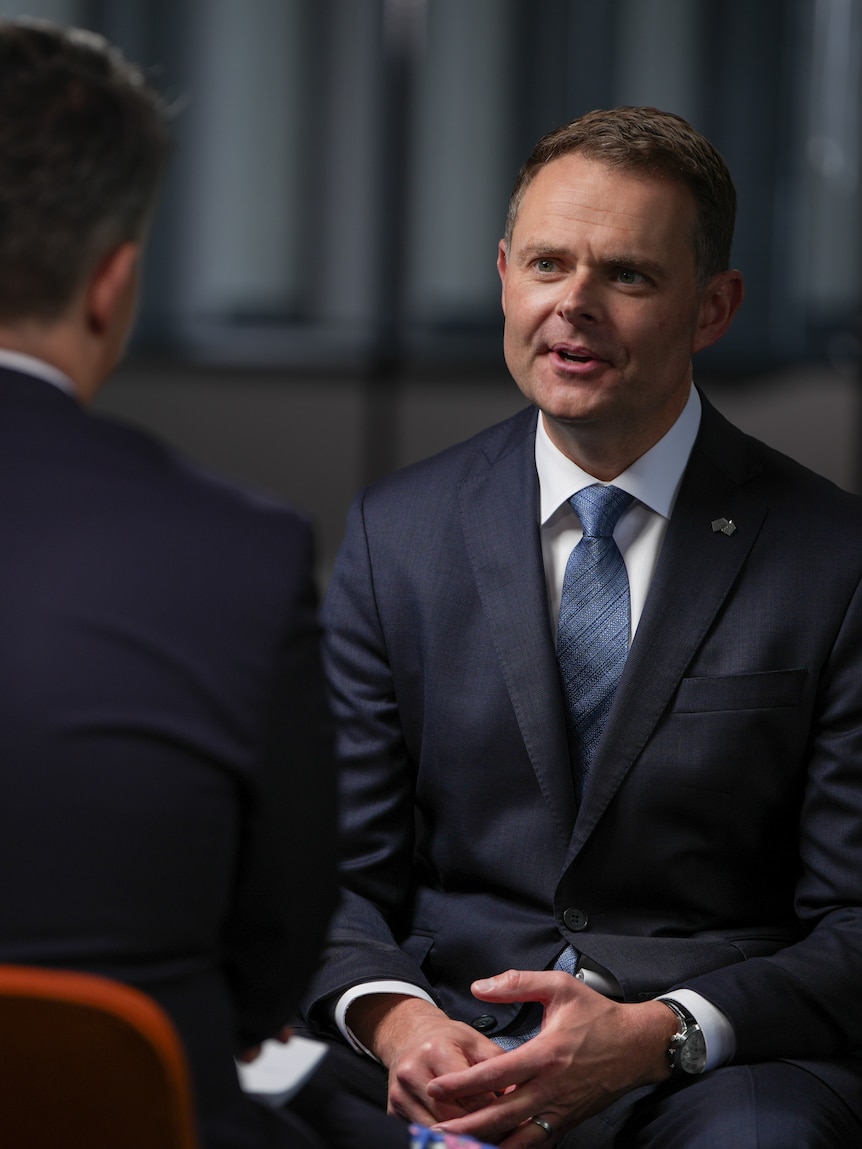As the state government rolls out cost-of-living relief in its third budget to hundreds of thousands of South Australian households, there’s a warning that cash will soon start going back the other way.
Treasurer Stephen Mullighan says the government’s relief package, which includes one-off payments to concession holders and more help for parents with school-aged kids, will make “a meaningful difference”.
But from the first of July, some of that assistance may already be slipping through taxpayers’ fingers in the form of higher water bills.
The final size of the bill increases will be revealed within weeks when the state’s essential services commission — ESCOSA — makes its final determination for SA Water’s next four-year regulatory period.
Mr Mullighan said the government had been trying to keep increases to fees and charges below inflation.
“There’s usually an increase [from SA Water] every year. And, of course, we’ve got really acute pressure,” the treasurer said during a Stateline interview with ABC News.
“For many years, we’ve got SA Water, which hasn’t been provisioning enough to get water infrastructure out to the developing parts of South Australia — in particular, greater metropolitan Adelaide.”
That may be impacting the delivery of existing developments in the market, particularly in the northern suburbs which already feature small, medium and large-scale developments that all need waste connections and supply.
Let alone the other plans the state government has for boosting land for housing in time at places like Concordia east of Gawler.
When it comes to addressing the housing problems faced in South Australia, the treasurer says this budget makes “further progress”.
“We’re trying to maintain supply and add to it. We’re also providing more incentives for people to build more homes, particularly first-home buyers,” he said.
“And we’re also developing tracts of government-owned land.”
But they are plans that could end up as little more than pipedreams if key infrastructure, like the water and sewer system, doesn’t keep up.
And the state government knows it.
It also means taxpayers could be called on to provide funds beyond the ESCOSA decision and the usual collections from regular water bills.
Another option could be to seek more from property developers for infrastructure, which would likely face staunch opposition.
Whatever — if any — additional contribution the government makes, the treasurer says will depend on ESCOSA’s determination.
More details about how the government proposes to increase land supply, and what it describes as how it will “tackle infrastructure challenges”, are set to be revealed later this month when it releases a self-titled Housing Roadmap.
It also raises questions about how some of those plans and proposals may end up being paid for, bringing us to the issue of state debt.
It’s on the up, from an estimated $27.8 billion this financial year to $44.2 billion by the end of 2027/28.
“We’re building the infrastructure that our community absolutely needs,” Mr Mullighan said.
“Whether it’s a new hospital, the new Women’s and Children’s Hospital, or major new transport programs like finishing the North South Corridor.”
And getting beyond those two projects — worth more than $18 billion combined — is when attention is likely to be turned to paying the debt down.
“That will give us more capacity to start reducing those debt levels, as well as making capacity for other infrastructure priorities,” he said.
“Because what you’ve seen in the last two budgets is aside from these two major projects, we haven’t really been committing to much new infrastructure.”
During his address to the media during the budget lock-up, Premier Peter Malinauskas said his ministers were “trying to think about the 2030s” when making big decisions.
It might not be until that time that debt starts to be pulled back down.
And there are pressing problems for the government to deal with before then, like getting water to new homes.




